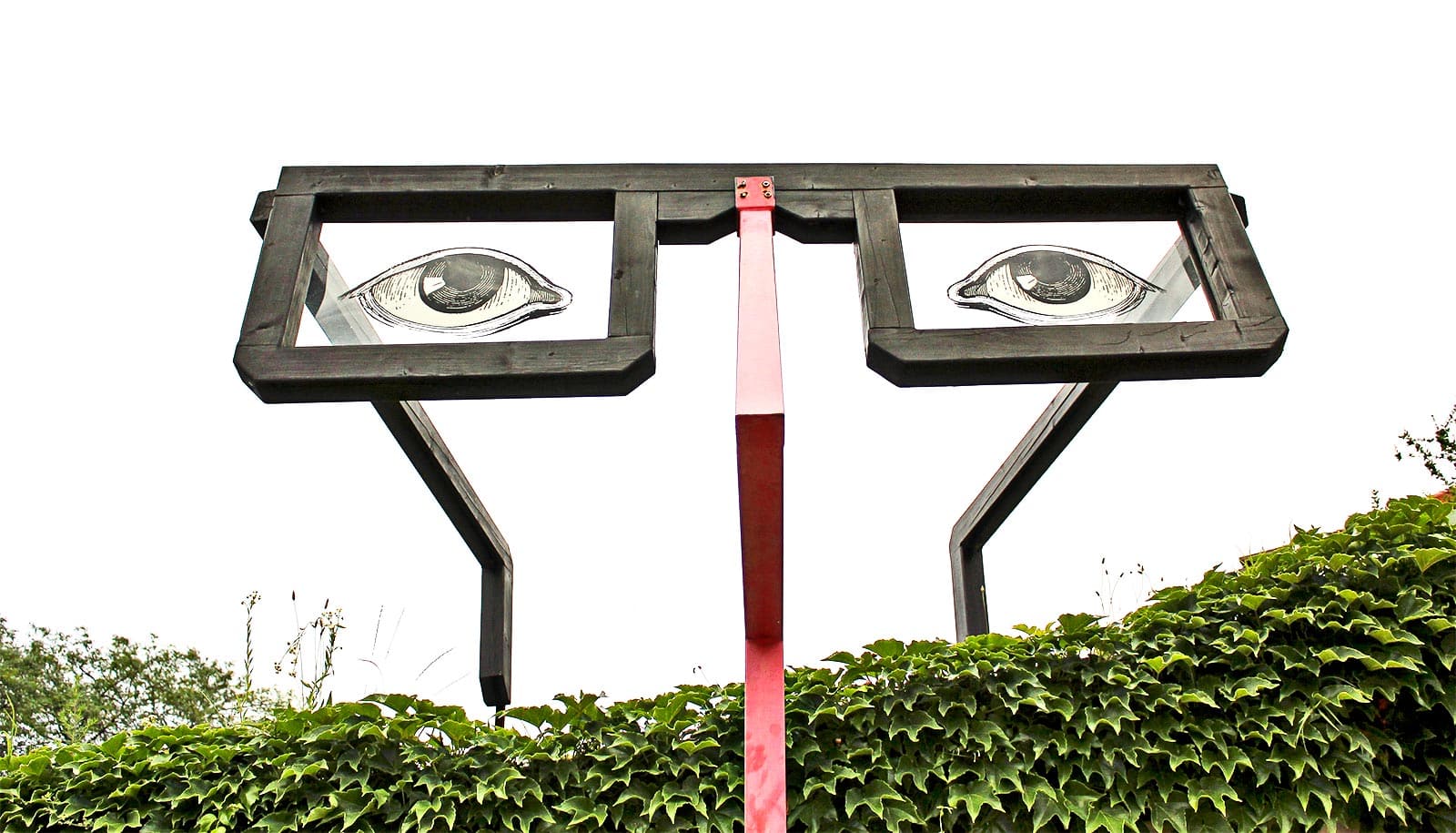Special patented glasses can enhance color vision for those with the most common types of red-green color vision deficiency, or “anomalous trichromacy,” researchers report.
Notably, the ability to identify and experience expanded color was also demonstrated when color blind test subjects were not wearing the glasses.
“…these improvements persisted when tested without the filters, thereby demonstrating an adaptive visual response.”
At least eight in 100 men (8%) and one in 200 women (0.5%) suffer from red-green color vision deficiency (CVD), totaling 13 million in the US and 350 million worldwide.
While those with normal color vision see in excess of one million hues and shades, those with CVD see a vastly diminished range of colors. People with CVD experience colors as more muted and washed out, and some colors cause confusion or are more difficult to differentiate.
The study evaluated the impact of spectral notch filters on enhancing the chromatic responses of observers with red-green CVD over two weeks of usage. The filters (EnChroma glasses) are designed to increase the separation between color channels to help people with color blindness see colors more vibrantly, clearly, and distinctly.
For the research in Current Biology, CVD participants wore the special filter glasses or placebo glasses. Over two weeks, they kept a diary and were retested on days 2, 4, and 11 but without wearing the glasses. The researchers found that wearing the filter glasses increased responses to chromatic contrast response in individuals with red-green color blindness. It is unclear how long the improvement lasts without wearing the filters, but the evidence shows that the effect persists for some time.
“I had no idea how colorful the world is and feel these glasses can help color blind people better navigate color and appreciate the world.”
“Extended usage of these glasses boosts chromatic response in those with anomalous trichromacy (red-green color vision deficiency),” says John S. Werner, professor of ophthalmology at the University of California, Davis.
“We found that sustained use over two weeks not only led to increased chromatic contrast response, but, importantly, these improvements persisted when tested without the filters, thereby demonstrating an adaptive visual response.”
Werner notes that this effect cannot be achieved with broad-band filters sold as aids to the color blind. He and his research colleagues believe the study’s findings suggest that modifications of photoreceptor signals activate a plastic post-receptoral substrate in the brain that could potentially be exploited for visual rehabilitation.
“When I wear the glasses outside, all the colors are extremely vibrant and saturated, and I can look at trees and clearly tell that each tree has a slightly different shade of green compared to the rest,” says Alex Zbylut, one of the color blind participants in the study who got the placebo glasses first and then tried the special filter version afterwards.
“I had no idea how colorful the world is and feel these glasses can help color blind people better navigate color and appreciate the world.”
Reactions from other participants about their experiences with the glasses are in the Supplement section of the Current Biology article.
Additional coauthors are from the Université de Lyon and Inserm Stem Cell and Brain Research Institute in France and UC San Diego. Support for the work came from the National Eye Institute and grants from LABEX CORTEX, Universite de Lyon, operated by the French National Research Agency.
Source: UC Davis


